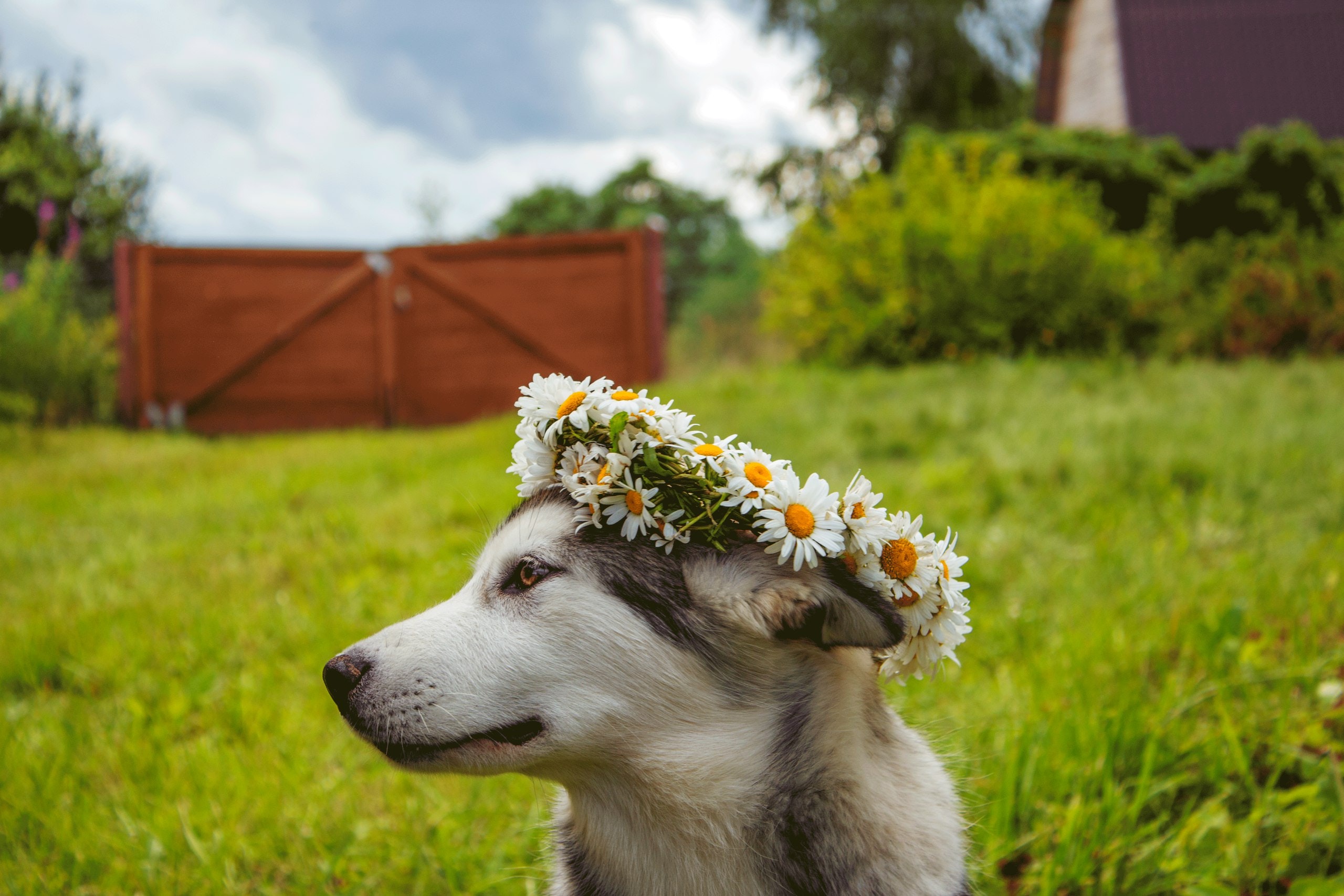Dog owners often find themselves surprised and concerned when their furry friends drag their butts across the ground. This behavior, while puzzling, is usually a sign that something is wrong. Understanding the reasons for this behavior is essential for maintaining your dog’s health and happiness.
Anal Gland Issues
One primary reason dogs scoot is discomfort from anal gland problems. Dogs have two small glands located near their anus that release a fluid for marking territory. Normally, these glands empty naturally when the dog defecates. However, they can become impacted, infected, or inflamed, leading to discomfort. If your dog frequently drags their butt, it may indicate that their anal glands require expression or veterinary examination.
Parasites as a Cause
Scooting can also result from parasites. Fleas, ticks, and worms can irritate a dog’s rear end, prompting the dog to rub against the ground for relief. Regular grooming and preventive treatments for parasites are crucial for your dog’s comfort and health. If you suspect a parasite infestation, consulting a veterinarian for appropriate treatments is essential.
Allergies and Irritation
Dogs can suffer from allergies just like humans, reacting to certain foods, environmental factors, or substances they come into contact with. Allergies can result in itchy skin, particularly around the anus. If your dog is scooting, it might be attempting to relieve itchiness caused by an allergic reaction. Monitoring for other allergy symptoms—like excessive scratching or gastrointestinal issues—is vital. A veterinarian can help identify triggers and recommend dietary or environmental changes.
Behavioral Factors
Sometimes, dogs develop scooting habits due to stress or anxiety. Just as humans have coping mechanisms, dogs may scoot to find comfort in stressful situations. Observing your dog’s environment and interactions can help identify potential stressors. Creating a calm, secure atmosphere can alleviate such behaviors.
Skin Infections
Skin infections, whether bacterial or fungal, can also lead to discomfort in the anal area, prompting dogs to drag their butts. Signs of an infection include unusual redness, swelling, or discharge. Seeking veterinary attention promptly is crucial, as untreated skin infections can impact a dog’s overall health.
Age and Mobility
Older dogs may experience joint pain or arthritis, making it difficult for them to groom themselves properly. This inability can lead to a buildup of fecal matter or debris around the anal area, prompting scooting as a means of self-cleaning. Regular grooming and veterinary check-ups are essential for managing these issues as dogs age.
Monitoring Your Dog’s Health
If your dog is frequently dragging their butt, monitor them for additional signs of discomfort or health issues, such as changes in appetite, lethargy, or unusual bathroom habits. Observing your dog closely can help identify underlying problems that need attention.
Importance of Veterinary Care
Regular veterinary check-ups play a vital role in maintaining your dog’s health. During these visits, veterinarians can perform routine examinations, including checking anal glands, assessing for parasites, and examining the skin. These preventive measures help catch potential issues early, reducing the risk of serious health concerns.
If your dog scoots often, reaching out to a veterinarian is a wise step. They can recommend appropriate actions based on your dog’s specific circumstances, whether that involves expressing anal glands, treating parasites, or addressing allergies.
The Significance of Being Attentive
Recognizing why dogs drag their butts is crucial for dog owners. While it may seem like a minor issue, it often signals underlying health concerns that warrant attention. Staying observant and proactive in seeking veterinary care ensures your furry friend leads a comfortable and healthy life. By being attentive to your dog’s behavior and addressing any concerns, you can significantly improve their quality of life.



